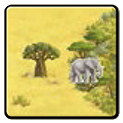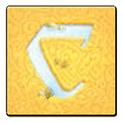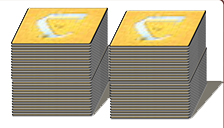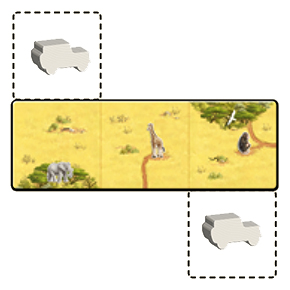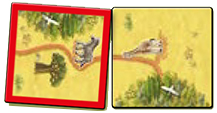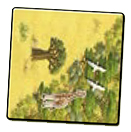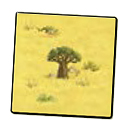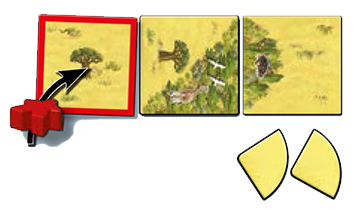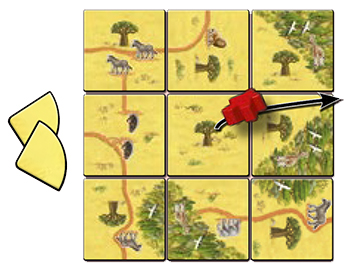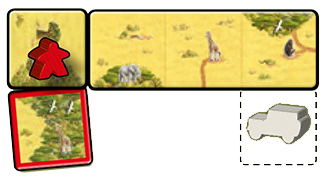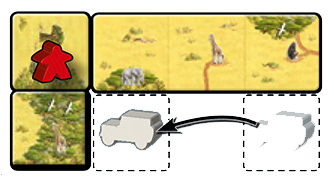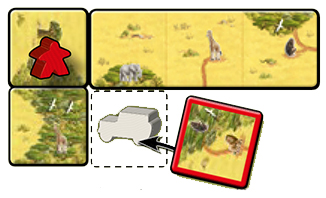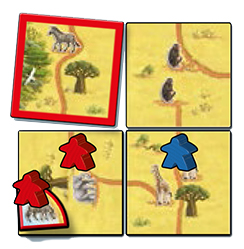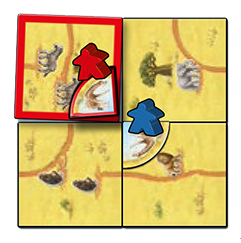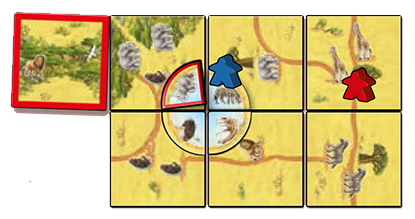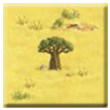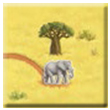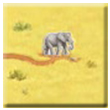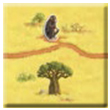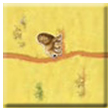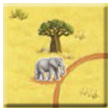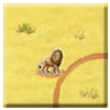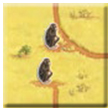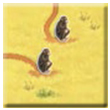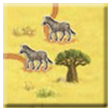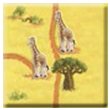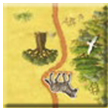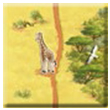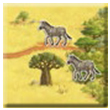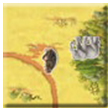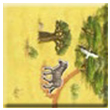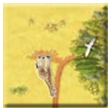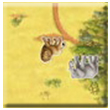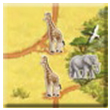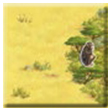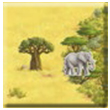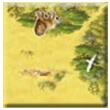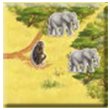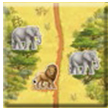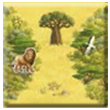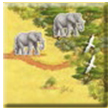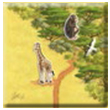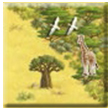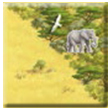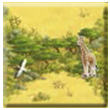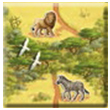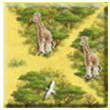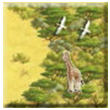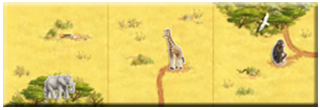Difference between revisions of "User talk:MajFrost"
Meepledrone (talk | contribs) (Made Gameplay boxes the same size and reviewed the text in them) |
Meepledrone (talk | contribs) m (→Gameplay: Increased boxes height to accommodate text on mobile) |
||
| Line 73: | Line 73: | ||
{{RulesPlacingTile|1=====|2='''1 Placing a tile'''| | {{RulesPlacingTile|1=====|2='''1 Placing a tile'''| | ||
3= | 3= | ||
<div style="width:230px; max-width:230px; display:inline-block; height: | <div style="width:230px; max-width:230px; display:inline-block; height:253px;"> | ||
<table> | <table> | ||
<tr> | <tr> | ||
| Line 91: | Line 91: | ||
{{RulesPlacingMeeple|1=====|2='''2 Action'''| | {{RulesPlacingMeeple|1=====|2='''2 Action'''| | ||
3= | 3= | ||
<div style="width:230px; max-width:230px; display:inline-block; height: | <div style="width:230px; max-width:230px; display:inline-block; height:253px;"> | ||
<table> | <table> | ||
<tr> | <tr> | ||
| Line 121: | Line 121: | ||
{{RulesScoring|1=====|2='''3 Scoring'''| | {{RulesScoring|1=====|2='''3 Scoring'''| | ||
3= | 3= | ||
<div style="width:230px; max-width:230px; display:inline-block; height: | <div style="width:230px; max-width:230px; display:inline-block; height:253px;"> | ||
<table> | <table> | ||
<tr> | <tr> | ||
Revision as of 00:47, 17 October 2018
General info and comments
Originally released by Hans im Glück in 2018.
Tropical heats over Africa... We are traveling to savanna where everybody is looking for well known, magnificent animals. Apes swing on branches, lions rests in shades of trees, heavy thumps of elephants shake the ground. Many animals roams next to the waterholes, so it is worthwhile to lie in wait there.
Components and setup
Following part will explain initial setup and introduce components of the game.
- The 72 LANDSCAPE TILES show paths, bush and baobab in the Savana with the animals resting among them.
- 50 animal tiles.
Shuffle all 72 tiles and set them as few facedown stacks[1] that are easily accessible to all players.
Place the triple sized start tile in the middle of the table[2]. White Ranger cars (short Rangers) do not belong to any player. Place them next to the start tile as shown belog.
Shuffle all 50 animal tiles and distribute two to each player. Every player puts them face up in front of them. Shuffle rest of them and put them aside face down.
Points tiles should be put next to the scoring track.
There are 30 meeples, six of them in each of colors: yellow, red, green, blue and black. Each player gets set on one chosen color.
There is also set of five elephants,
Put them on the starting place of the score track. Set scorebard to the side of your playing surface (table, floor, etc.).
Put all unused meeples and elephants back o the box, those will not be used in the course of the game.
Overview and goal of the game
In Carcassonne, players take turns placing tiles and expanding the landscape of savana, paths and bush one tile at a time. Players may place their meeples on the individual features of tiles as well (paths, bush, baobabs and waterholes). When particular feature is finished player gain points for animal present there. Use tokens to boost score or create waterholes. Points are earned throughout the game, and the player with the highest score at the end is the winner!
Gameplay
A game of Carcassonne is played in clockwise order. Active player[3] does the following actions in the order listed below, after which it is the next player’s turn, and so on and so forth. First, we’ll give you a brief description of the actions you have to do during one of your turns. These actions will be detailed as we present the paths, bush, baobabs, patrol cars and waterholes.
1 Placing a tile
|
Placing a tile: The player must draw exactly 1 Land tile from a stack and place it face-up to continue the landscape. [4] |
The paths
Placing a tile
You draw the depicted tile with path segment. You must place it in such a way that it continues the existing landscape (the tiles already in play). In the rare case that a tile cannot legally be placed anywhere, it is removed from the game, and the player draws another. [5]
Placing a meeple on a path
After placing the tile, you may place a meeple as a on one of that tile’s path segments, but only if the road is unoccupied by another meeple.
In our example, since the road is not yet completed, no scoring occurs (see action 3) and play moves on to the next player.
1
We’ve already seen the most important parts of the game. Now, we will further expand on those actions by showing you how they apply to the other features, namely the cities and the monasteries:
The Bush
Placing a tile
Placing a meeple
Scoring a bush
Let’s continue our example and assume that a few turns have passed. You now draw this tile that you place to continue your city. Since the tile you’ve placed completes a feature (here, the city), it must now be scored. A city is completed when it is surrounded by walls and there are no gaps inside the city. Since you have a meeple in the completed city, you are the player to score it.
// Example of a bird
Each tile in a completed city is worth 2 points. In addition, each coat of arms is worth 2 more points.[6] For this city, you score 8 points! As usual, the meeple that was in the scored feature returns to your supply.
// Several options depending on how to accompany the text
Baobab
Placing a tile
Placing a meeple
You can place a meeple on a monastery as a monk. Of course, that meeple must come from your supply.
// A couple of image versions to choose one
Getting tokens
A monastery is completed when it is surrounded by tiles. During scoring, the monastery is worth 1 point per tile that completes it (including the monastery itself).
By placing this tile, you complete your monastery. It earns you 9 points and allows you to take your meeple back.
// A couple of image versions to choose one
Patrol car
1a. Placing a tile
2a. Not placing a meeple
3a. Scoring
A monastery is completed when it is surrounded by tiles. During scoring, the monastery is worth 1 point per tile that completes it (including the monastery itself).
By placing this tile, you complete your monastery. It earns you 9 points and allows you to take your meeple back.
1b. Placing a tile
2b. Placing a meeple
3b. Scoring
Waterhole
Placing a tile
Once more, you draw a tile to continue the landscape. Monasteries are always depicted in the center of a tile. When placing such a tile, you must, as usual, make sure that it continues the illustration.
Begin or develop waterhole
Completing waterhole
A monastery is completed when it is surrounded by tiles. During scoring, the monastery is worth 1 point per tile that completes it (including the monastery itself).
By placing this tile, you complete your monastery. It earns you 9 points and allows you to take your meeple back.
Summary
Placing a tile
- You must place your drawn tile in such a way that it continues the landscape and the illustration.
- In some very rare cases, it may be impossible to place the tile. In those cases, simply return the tile to the box and draw a new one.
Placing a meeple
- You may place a meeple on the tile you’ve just placed.
- You may not place a meeple in a feature where there already is at least one other meeple, including one of yours.
Scoring a feature
- A road is completed when both ends lead to a village, a city, a monastery, or the road forms a loop. Each tile in a completed road is worth 1 point.
- A city is completed when it is surrounded by walls and there are no holes inside the city. Each tile in the completed city is worth 2 points. Each coat of arms in the completed city is worth an extra 2 points.
- A monastery is completed when it is surrounded by 8 tiles. Each of the monastery’s tiles (the 8 surrounding tiles and the one with the monastery itself) is worth 1 point.
- Scoring always occurs at the end of a player’s turn. At that moment, each player with a meeple in a scored feature earns points.[7]
- After each scoring, return to your supply the scored meeples.
- If there are multiple meeples in a single scored feature, the player with the most meeples is awarded full points and all other players receive nothing. When more than one player have the most meeples in a scored feature, the tied players all score full points.
Game end and final scoring
The game ends immediately after the turn of the player who placed the last tile. Then, players proceed to a final scoring, after which the winner will be known.
Once the game is over, all meeples still in play are scored:
- Each incomplete road is worth 1 point per tile, just like during the game.
- Each incomplete city is worth 1 point per tile and 1 point per coat of arms, which is only half the points.
- Each incomplete monastery is worth 1 point plus 1 point per adjacent tile, just like during the game.
Once the final score is known, the winner is the player with the most points.[8]
Special cases
Many meeples on the same feature
Use of a Table
A number of questions have been asked about rules related to the play area itself, including what happens when the edge of the area is reached, or if a table has to be used for play. The following clarifications are from Georg Wild from HiG (5/2013):
- The edge of the table is the limit for the game if, as stated in the rules, a table is used.
- The rules state that the starting tile is placed in the middle of the table. If all of the tiles are shifted to allow more room, the starting tile would no longer be in the middle. So in principle, total shifting of the tiles is not allowed. Additionally, with a manual shift of all of the tiles, the tiles and figures on the field can slip, which could lead to incorrect positioning of tiles or figures.
- Addition of a second table is possible if one of an appropriate height is added to the first table. If a table is extended (as with an additional panel), make sure that the tiles and figures on the playing field do not slip.
- Playing on the floor: The rules technically do not allow this, because the rules state that the first tile is placed in the middle of the table. Playing on the floor is not forbidden, however, if use of a table is not feasible. If the floor is used, tiles must be placed so all tiles are visible to all players. Tiles cannot be placed under the sofa, cabinet/shelf, etc.
- It is important generally, that all the players in the round agree how to play:
- Table - Standard
- Table - with "total shifting" of tiles
- Table - with extension
- Floor
- Continue to play fairly and not intentionally unfair to other players.
Tile reference
Total Land Tiles: 72 Tiles + 1 Start Tile
If several tiles of one type are present, it is listed which and how many animals are on each one.
The individual tiles are separated by a pipe symbol. Birds are not listed.
A = ape | E = elephant | G = giraffe | L = lion | Z = zebra | "-" = no animal
Total Animal/Watering Hole Tiles: 50
Letters indicate the animal included on each tile:
A = ape | E = elephant | G = giraffe | L = lion | Z = zebra
Total 50/100 Point tiles: 5
Footnotes
For Icons explanation and licensing please visit Icons page.
- ↑
 Tiles can also be placed into a sack and drawn randomly.
Tiles can also be placed into a sack and drawn randomly.
- ↑
 See notes on Use of a Table
See notes on Use of a Table
- ↑
 It is common practice to choose starting player at random. More on this in house rules section.
It is common practice to choose starting player at random. More on this in house rules section.
- ↑
 A newly placed land tile must fit the adjacent terrain on all edges. During placement it is not enough to look for only one side that fits.
A newly placed land tile must fit the adjacent terrain on all edges. During placement it is not enough to look for only one side that fits.
- ↑
 If drawing tiles out of a bag, a tile that cannot be placed could be returned to the bag for later use.
If drawing tiles out of a bag, a tile that cannot be placed could be returned to the bag for later use.
- ↑
 Note that a coat of arms only affects the city segment it is in, not the whole tile (if there is more than one segment on a single tile).
Note that a coat of arms only affects the city segment it is in, not the whole tile (if there is more than one segment on a single tile).
- ↑
 When two followers of one color are occupying a road, city, or farm, you do not score double in these cases. The number of followers (or in Inns and Cathedrals the size of the followers) has no effect on the points that a player earns from a road, city, cloister, or farm. Two knights do not double the points. The number of followers is only important in establishing who has the majority.
When two followers of one color are occupying a road, city, or farm, you do not score double in these cases. The number of followers (or in Inns and Cathedrals the size of the followers) has no effect on the points that a player earns from a road, city, cloister, or farm. Two knights do not double the points. The number of followers is only important in establishing who has the majority.
- ↑
 Rules do not include tiebreakers. That is rules explaining situation when few players share the same score.
Rules do not include tiebreakers. That is rules explaining situation when few players share the same score.
- Pages using duplicate arguments in template calls
- Editor Manual - Old numbered parameters - RulesPlacingTile
- Editor Manual - Old numbered parameters - RulesPlacingMeeple
- Editor Manual - Old numbered parameters - RulesScoring
- Editor Manual - Old numbered parameters - Tile
- Old template
- Old template - FootnoteIconPara en
- Second Edition

